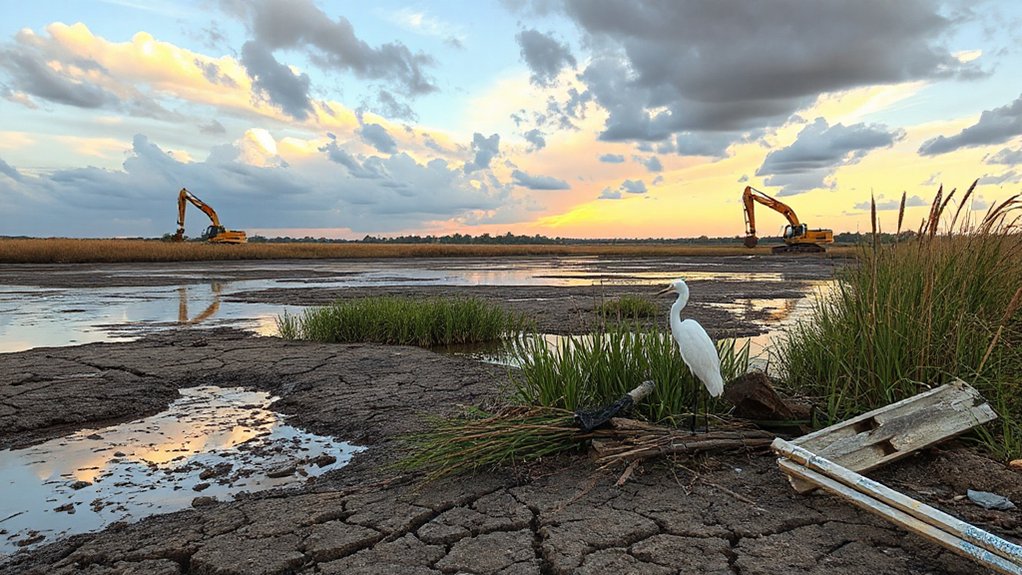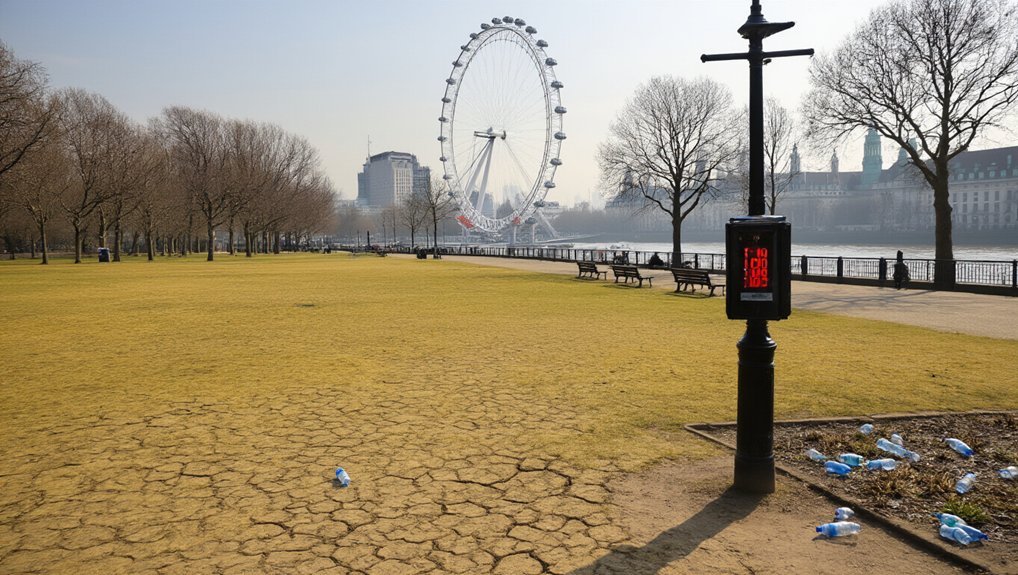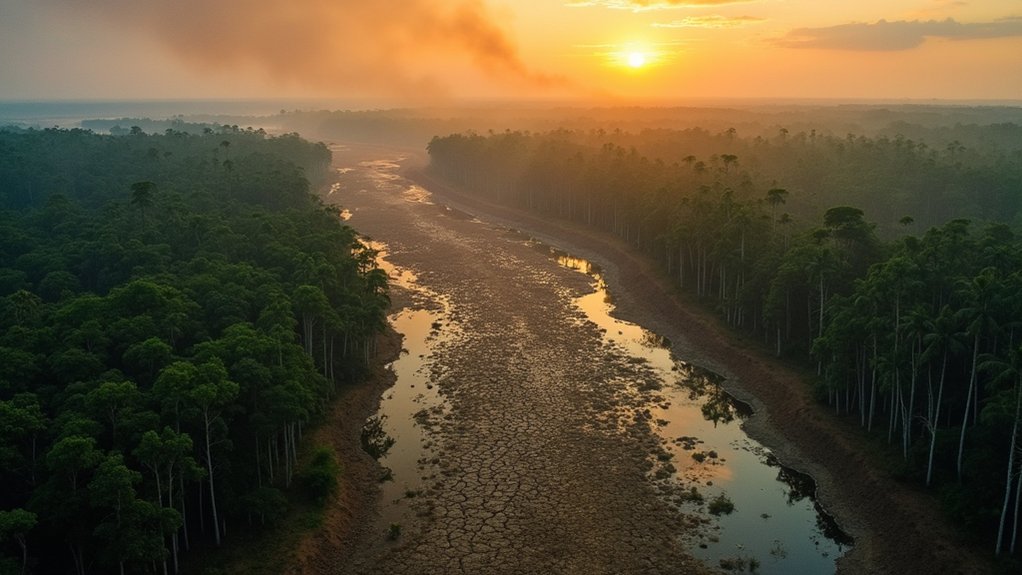Hawaii’s clean energy push is hitting roadblocks. Despite impressive gains like Kauai reaching 69.5% renewable energy, reality bites hard. Electricity demand will double by 2045, while solar installations compete with agriculture and housing for precious island space. Transportation emissions remain largely untouched. The paradise state struggles to balance environmental necessity with practicality as rising seas threaten its existence. Breaking dependency on imported oil isn’t just ambitious—it’s survival.
Paradise comes with a price tag—and Hawaii is paying it in solar panels. The 50th state has made a bold promise: 100% clean electricity by 2045. No big deal, right? Just transform an isolated island chain’s entire energy system while tourists snap selfies on Waikiki Beach.
Hawaii’s not messing around. Since 2008, when the Hawaii Clean Energy Initiative kicked off, they’ve been pushing renewable energy like it’s going out of style. Spoiler alert: it’s not. They’re actually making progress—31% of electricity now comes from renewables. Not too shabby.
Kauai’s really showing off. Their utility co-op hit 69.5% renewable energy already, basically an overachiever making everyone else look bad. They’re 18 years ahead of schedule.
Meanwhile, Maui’s Kūihelani Solar project is cranking out 15% of the island’s electricity needs. One facility. Fifteen percent. Do the math.
The last coal plant got the boot in 2022. Coal is officially dead in Hawaii. Oil’s next on the chopping block.
It’s not all sunshine and rainbows, though. Electricity demand is expected to double by 2045. Double! Try solving that equation while juggling land-use conflicts. Every acre dedicated to solar panels is one less for agriculture, housing, or just being pretty for tourists.
Battery storage is the secret sauce in this energy recipe. Without it, solar and wind are just fickle friends who disappear when you need them most. Grid-scale batteries are popping up everywhere, paired with renewable projects like matching outfits.
The state isn’t stopping at clean electricity. They’re shooting for net-negative emissions by 2045, meaning they’ll suck more carbon from the air than they produce. Hawaiian Electric wants 70% emissions reduction by 2030 compared to 2005.
Hawaii’s taking climate change personally. Island nations don’t have the luxury of ignoring rising seas. Their clean energy push isn’t just ambition—it’s survival. Hawaii could learn from Louisiana’s impressive solar capacity growth, which saw a 34% increase since Q2 2023 despite challenges with tax credits. The state seeks to reduce its dependency on expensive imported oil, which currently accounts for about 93% of Hawaii’s energy needs. Paradise has no choice but to adapt. Achieving the state’s goal requires tackling the transportation sector, which accounts for a whopping 48% of emissions in Hawaii.
References
- https://energy.hawaii.gov/hawaii-clean-energy-initiative/
- https://energy.hawaii.gov/clean-energy-vision/
- https://www.eia.gov/state/print.php?sid=HI
- https://www.civilbeat.org/2023/07/hawaiis-clean-energy-transition-faces-steep-hurdles-study-finds/
- https://www.climatecentral.org/news/hawaii-100-percent-renewables-goal-18977








